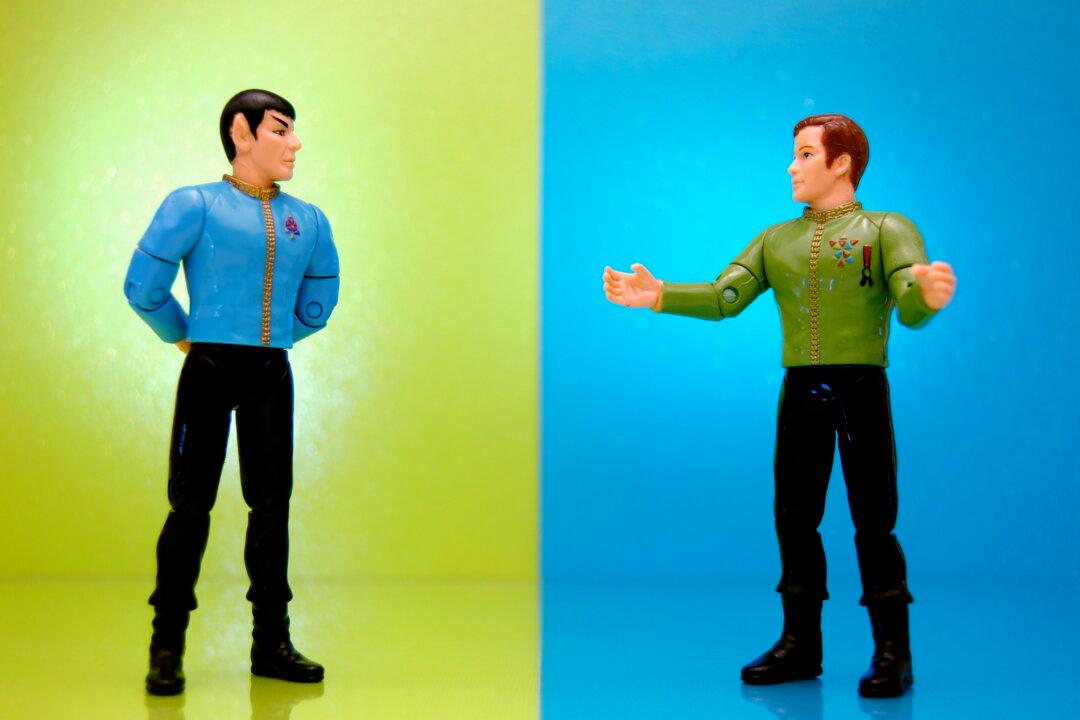Physicists have utilized the donut shape to achieve more reliable quantum teleportation. Think of it as a mini version of “Beam me up, Scotty.”
The method, described in the journal Nature Communications, allows them to use photons to transmit information without having to physically move it. They used high-dimensional states—which they dubbed “donut” states—for the teleportation.
In simple communication terms, the process of superdense-teleporting would work like this: one person encodes information in the form of a quantum state on his photon. Then that person performs measurement on his photon and then uses traditional communication channels (phone or email) to let the other person know what operation to perform on her photon in the laboratory to re-create the same quantum state.
“This process of a re-creation is essentially a transport without having any matter move from location A to location B,” says Tzu-Chieh Wei, an assistant professor in Yang Institute for Theoretical Physics at Stony Brook University. “Loosely speaking you could also view teleportation as a miniature version of teletransportation in the Star Trek movies.”
Shape of A Donut



